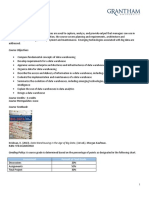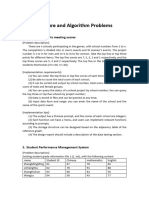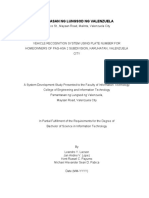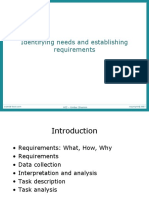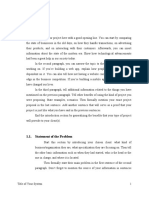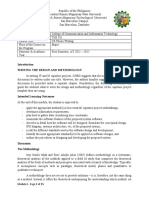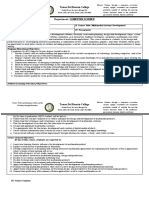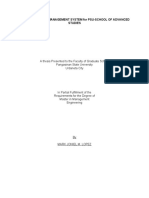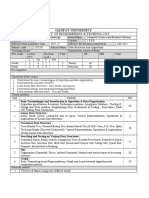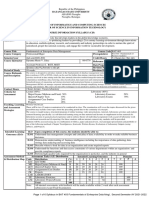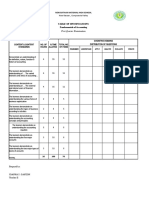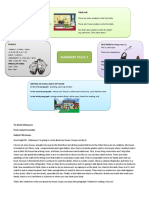0% found this document useful (0 votes)
23 views30 pagesLesson 2 3 Program Development Cycle
Uploaded by
ivanjudellflCopyright
© © All Rights Reserved
We take content rights seriously. If you suspect this is your content, claim it here.
Available Formats
Download as PPTX, PDF, TXT or read online on Scribd
0% found this document useful (0 votes)
23 views30 pagesLesson 2 3 Program Development Cycle
Uploaded by
ivanjudellflCopyright
© © All Rights Reserved
We take content rights seriously. If you suspect this is your content, claim it here.
Available Formats
Download as PPTX, PDF, TXT or read online on Scribd
/ 30



